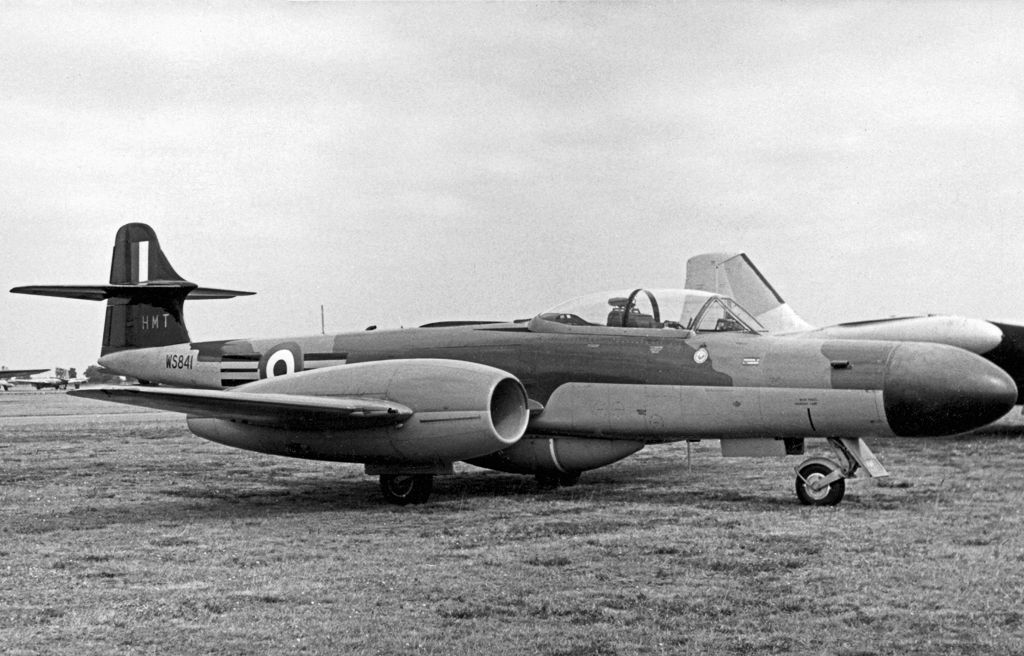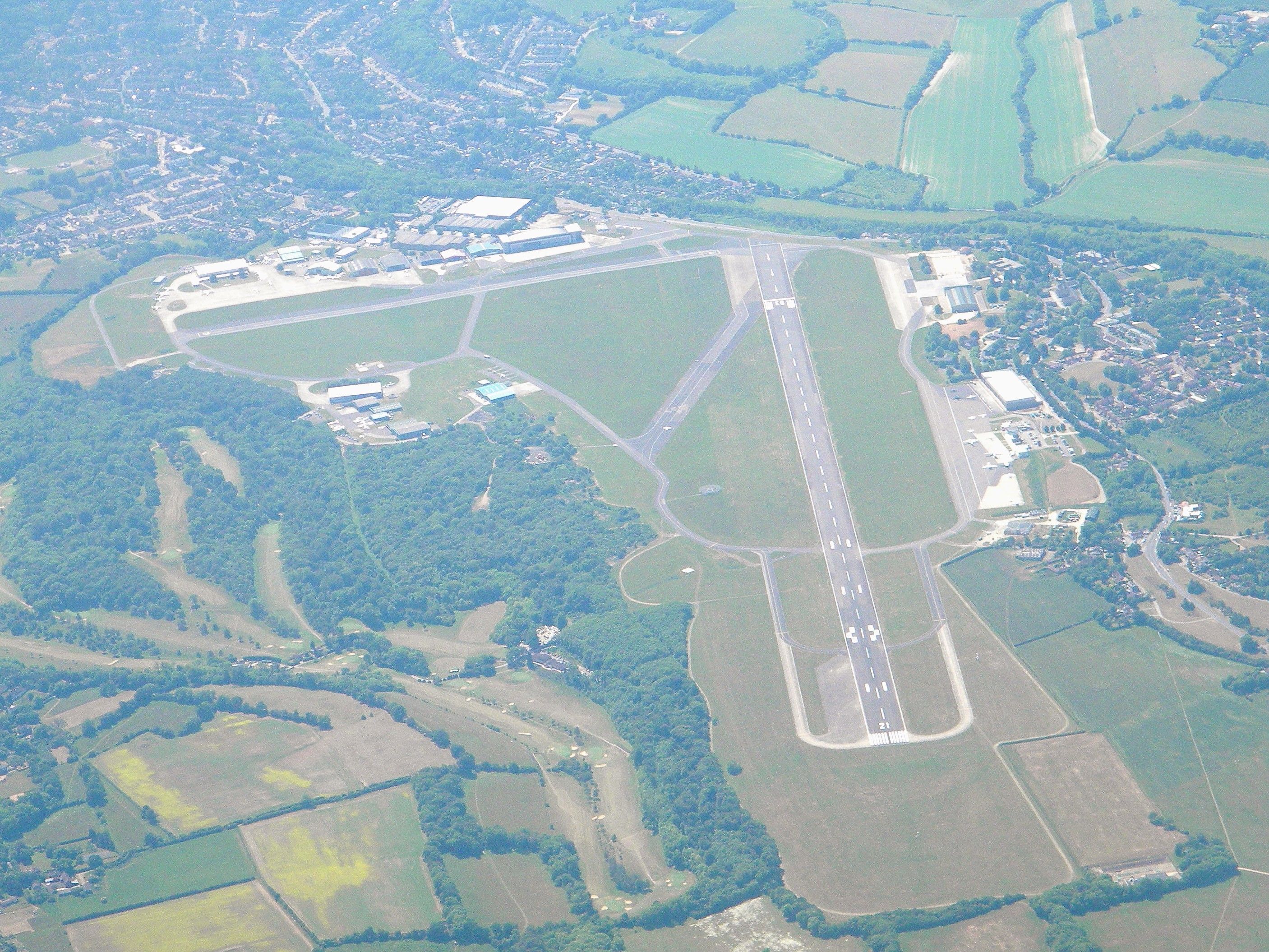In June 1951, a trio of Gloster Meteors crashed at RAF Biggin Hill, England. Subsequently, all the pilots of these jets died, causing a dark day for what was supposed to be a celebratory event.
Plenty of history
Now within the grounds of London Biggin Hill Airport in the London Borough of Bromley, RAF Biggin Hill has played a crucial role in British aviation over the last century or so. Originally opened by the Royal Flying Corps, a predecessor to the Royal Air Force, during World War I, military and civil operations have had a long history at the Kentish site.
Notably, it played an integral role in the Battle of Britain during World War II. Then, in the early years of the post-war era, it helped UK aviation adapt to the jet age.
The No. 41, No. 600, and No. 615 RAF squadrons were operating Gloster Meteor jets during this period. This fighter aircraft conducted its first flight in March 1943 and was introduced in July 1944. A total of 3,947 units were produced up until 1955.
Celebrations turn sour
On June 18th, 1951, RAF squadrons were celebrating Waterloo Day, marking the anniversary of the Battle of Waterloo. They were also remembering the anniversary of Winston Churchill's famed Finest Hour speech. Churchill himself was visiting the site, along with Princess Elizabeth, who would become Queen the following year.
To mark the celebrations, Meteors were deployed to the air and made a show for the special guests. However, a Meteor VIII helmed by Flight Lieutenant Gordon McDonald of No. 41 Squadron crashed soon after taking off. The aircraft corkscrewed as debris fell. The plane then hit a bungalow, killing McDonald.
Within moments of this initial crash, a pair of Mark IV Meteors of 600 Squadron, controlled by Sergeant Kenneth Clarkson and Squadron Leader Phillip Sandeman, both circling above the wreckage and getting ready to land, hit each other at 2,000 ft (610 m).
Ghosts of Biggin Hill by Bob Ogley shares the following about the tragic event, as shared by the Aviation Safety Network
“Although Sandeman managed to bail out, he was killed when his parachute failed to open. Clarkson was killed in his aircraft. A week after this incident, another Meteor overshot the runway, narrowly missing passing cars. After these incidents, several residents stated they would be "selling up" and there were calls for traffic lights to be installed on the Bromley road for use during take-offs and landings"
Stay informed: Sign up for our daily and weekly aviation news digests.
Looking back
A possible cause of the accident was a jet wash from the leading plane in the formation. The incident occurred shortly before the return of No. 600 fighters to the field. The pilot of Gloster Meteor F Mk.4 VT281 was likely distracted by the initial collision and didn’t notice the formation leader making a part-turn, and he crashed into the other plane.
These incidents didn't stop Biggin Hill from conducting airshows over the years. Even in the modern era, fighter jets can often be heard flying over the skies of Kent and Surrey after taking off from the airport.
Nonetheless, Biggin Hill's role as an operational RAF station ceased in 1958 and has since become a civilian airport.
What are your thoughts about what occurred at RAF Biggin Hill on June 18th, 1951? What do you make of the overall situation? Let us know what you think in the comment section.
Sources: Aviation Safety Network, Afterburner


